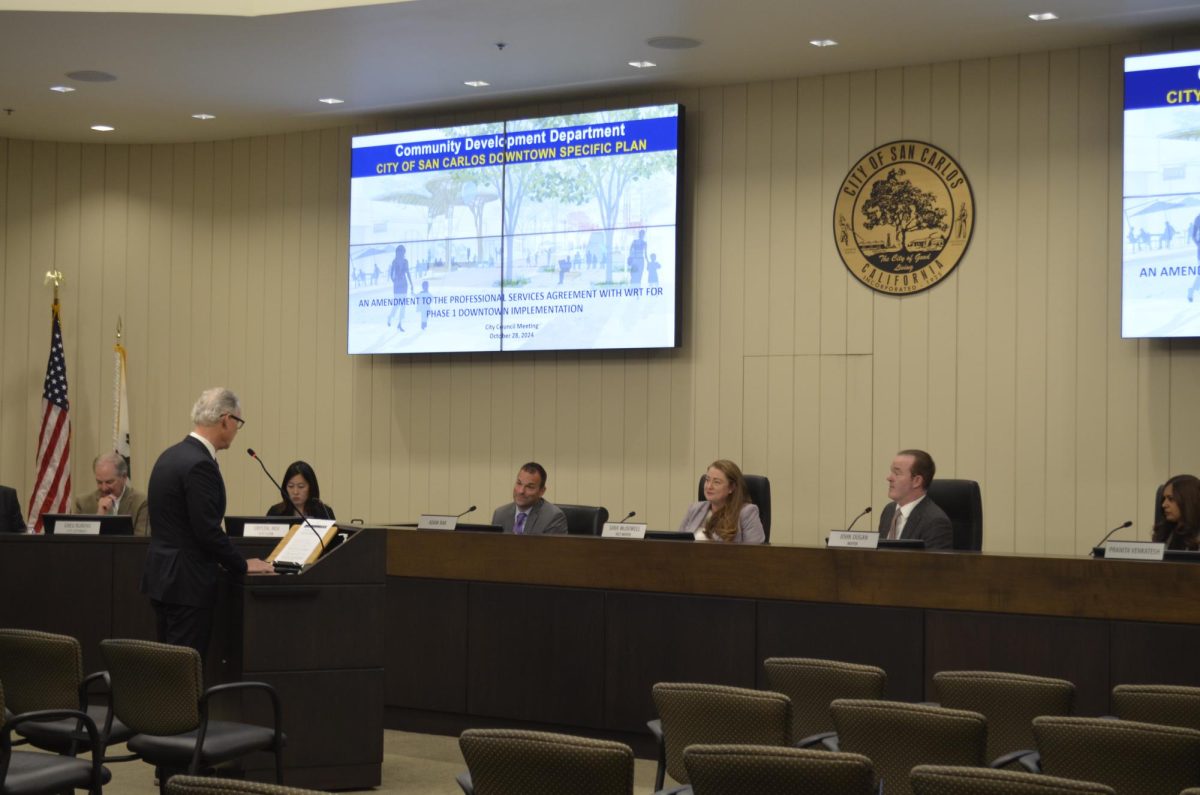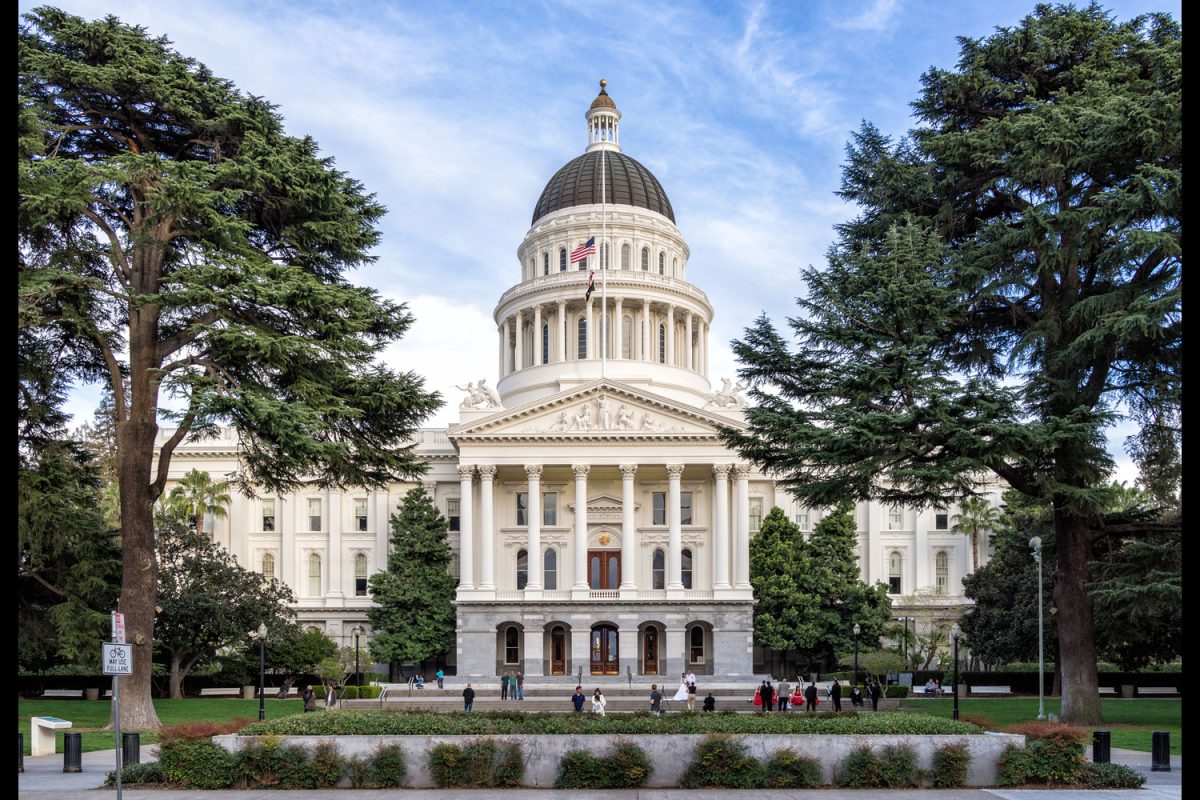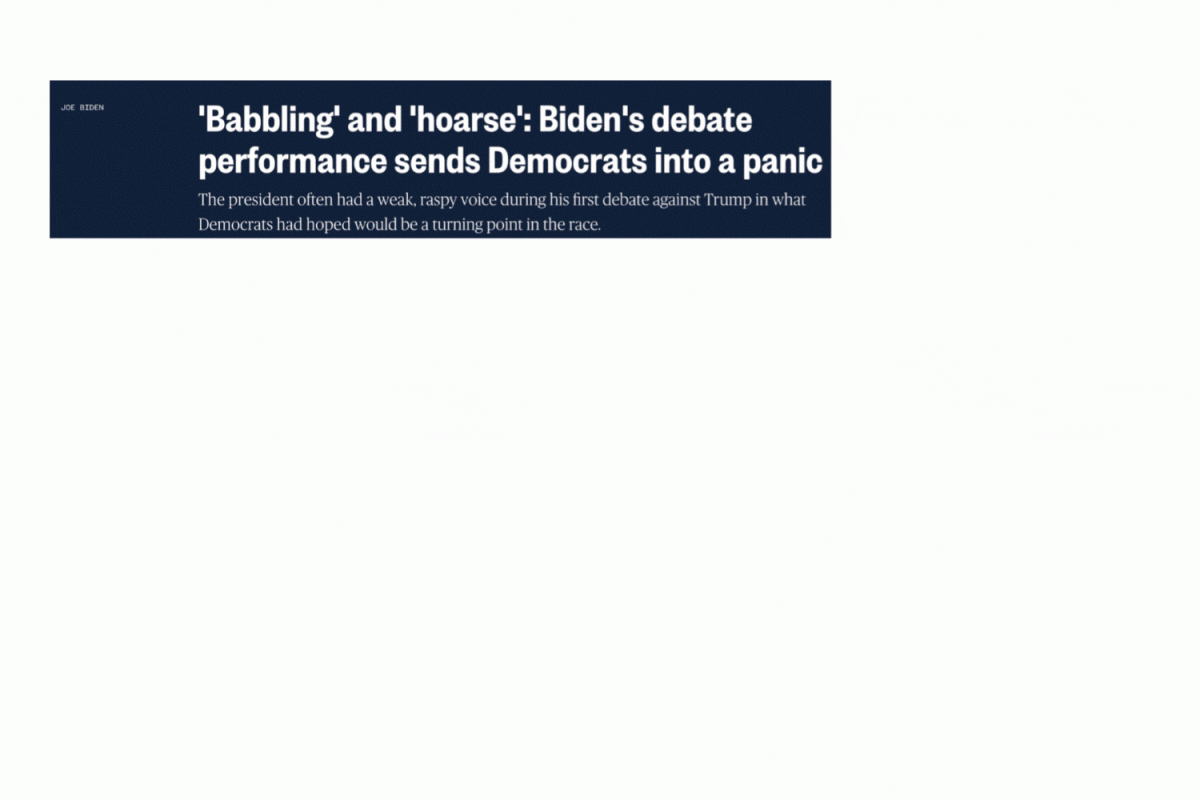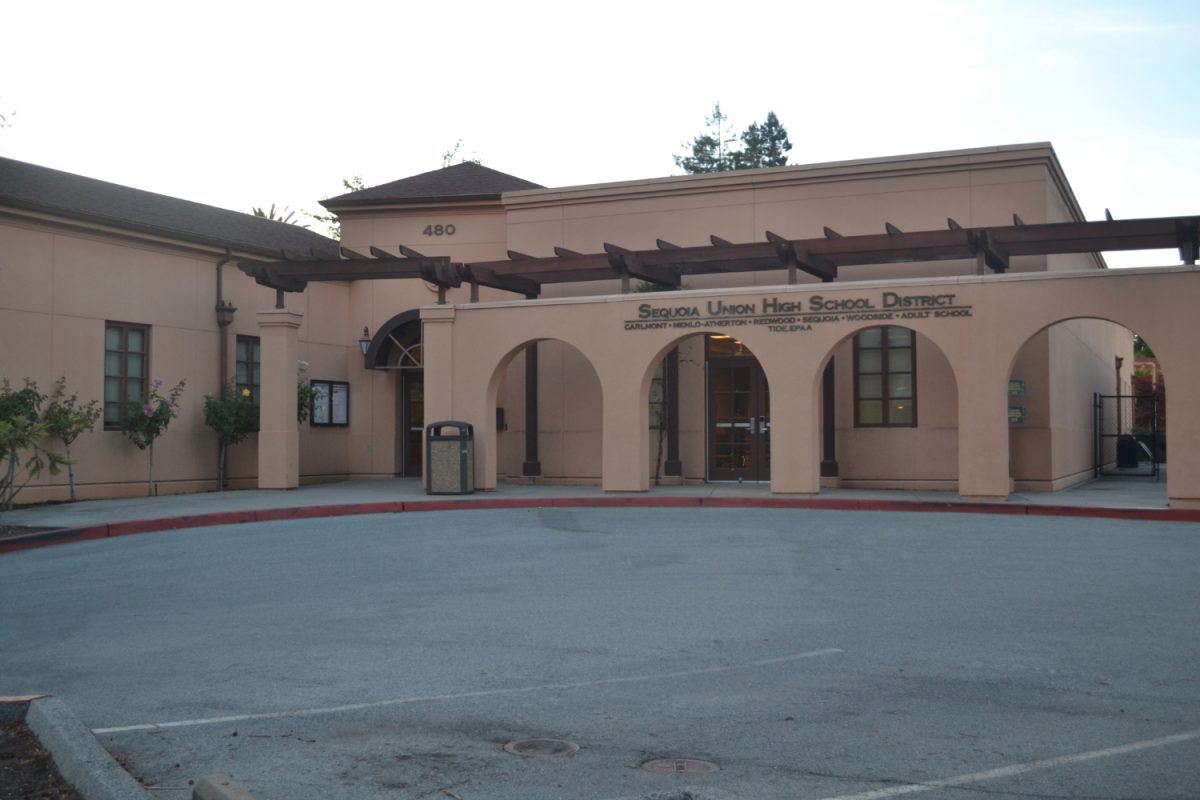The fates of city councils, school boards, local measures, county officials, and other local governing bodies were decided by millions of Americans who voted on Election Day.
The results of local elections often determine the direction of essential projects like public safety, road maintenance, and the development of public areas. To decide who will lead these critical initiatives, a complex election process occurs in the months leading up to Election Day. On the candidate side, hopeful elects spread their goals and platform to community members, utilizing endorsements, advertising, and personal outreach to do so. For those who run the elections, cities and counties work together with other entities to conduct a fair, secure, and reliable election that reflects the desires of as many residents as possible.
According to the Pew Research Center, less than half of Americans say it is very or somewhat easy to find information needed about local candidates and policies, showcasing the need for more awareness about local government.
John Dugan, the current mayor of San Carlos and an uncontested candidate for reelection, shares similar views on the topic of information disparity.
“If you’re concerned about the life your family is going to have and the way your community is going to develop, your time would be well spent tuning into what we do at a city level,” Dugan said.
The actions at the city level referenced by the mayor include housing and affordable accommodations, traffic management, environmental management, public services, and parks and recreation, among other initiatives similar to those led by local officials in countless other cities.
Depending on the position one is running for and the potential for impact, local candidates often use voter priorities to appeal to the community, as can be seen with Neil Layton’s campaign for the San Carlos City Council. He is also a former prosecutor and San Carlos School Board member.
“In the aftermath of COVID-19, looking at issues from a public safety lense and ensuring the health of our community is a must. Infrastructure is also important: roads and sewer systems should be strong, and sidewalks should be paved. Making sure that infrastructure is strong, reliable, and well-funded is important, whether it’s a bigger issue like repaving a road or a minor one like a broken park gate,” Layton said.
Although he has not yet been sworn in, Layton is already familiar with the city council. A joint commission exists between the San Carlos City Council and San Carlos School Board: the Two Plus Two committee, where two members from each group work together. In the committee, members give each other updates and discuss issues such as budgets, upcoming projects, major capital projects in schools, and others, according to Layton. This is one of many examples of interactions between different local government commissions.
Since there are only two candidates, Dugan and Layton, for two city council positions, both have had less extensive campaigns this season.
“Even though I’m uncontested, I still want to get my message out there. However, there’s a balance between educating the community about your campaign and annoying them with information. My campaign this year consists mainly of going to events and talking to residents, putting out signs so people know I care and want to be elected, and going out to key stakeholders like small businesses and introducing myself,” Layton said.
Fundraising and endorsements are other aspects of local and national campaigns alike. Current San Carlos City Council member Pranita Venkatesh shared her past experiences with both of these aspects of campaigns.
“The whole process was new to me. I knew I had to get endorsements, but I was new and didn’t have the relationships that incumbents had, making it more difficult. I was able to raise around $12,000, but I have seen that more recent campaigns, even for the school board, have been getting double or triple that,” Venkatesh said.
According to The Conversation, these local observations are mirrored at the presidential level.
Similarly, Dugan said that fundraising is an essential part of all campaigns. While he has heard of other candidates who try to win without fundraising, he has not seen one succeed so far.
“Every part of a campaign is expensive. It costs $1,000 to get on the ballot and almost the same to publish a paragraph in the county’s voter guide. Campaign mailers are, despite it being around $6,500 to put one in every San Carlos mailbox, pretty important because a lot of people don’t tune in or pay attention before Election Day, but they do see the mailers that come to their house and often use those to cast an informed vote,” Dugan said.
However, candidates must first complete the registration process before any successful campaign can commence, according to San Carlos City Clerk and Elections Official Crystal Mui.
“One of my responsibilities is to meet with any residents interested in running for office and to explain what that process looks like and what they need to do to be on the ballot. There are multiple forms that one has to fill out, and candidates have to comply with the Fair Political Practices Commission, which essentially monitors campaign funding and where that money originates from,” Mui said.
On the other side of elections, Mui explained that the election process starts months in advance and involves many different individuals. For example, the City of San Carlos spreads the word through newsletters, mail announcements on when, where, and how to vote, a weekly farmers market booth, flyers, and the city website. Mui also noted that cities are careful not to advertise too many details, as they do not want to come across as supporting one candidate. They want to direct people to places like the elections page of their website, which has all the information voters need to have, rather than advertising the candidates themselves and potentially showing bias.
For voting centers, extensive testing is completed to ensure they are secure, reliable areas. For example, Mui explained how elections officials considered including the community center at Laureola Park as a new voting center.
“The county officials came out several times to test and retest to ensure that it satisfied all the requirements in our elections code and that it would be an acceptable vote center. It did pass all the requirements, but the facility was old, and the Internet wasn’t as reliable and secure as they wanted it to be, even though it complied with the election code. The county goes above and beyond to safely and securely handle elections, so they chose not to use it as a center,” Mui said.
According to Mui, most residents do not know about the amount of collaboration that goes on behind the scenes to make elections run smoothly and securely. Cities, counties, candidates, independent organizations like the League of Women Voters, employees at soon-to-be voting centers, and many others all work together.
The extensive effort that goes into voting season results in the verdicts shortly after Election Day and the swearing-in of candidates, typically taking place in January. Once these local governing bodies are set, they can continue working for the people of their district or municipality. For example, the City of San Carlos started crafting a plan to update roads, which is now in motion.
“It has been clear that we have not adequately maintained our roads. We get all 84 miles of our roads checked once a year, and we’ve found that the condition worsens yearly. We prioritized this and, more importantly, put a real budget behind it. Of all the things a city can do, road maintenance is one of the most expensive. But over five years, we have allocated $45 million to improve our roads, which is the most we’ve ever done as a city in that time,” Dugan said.
The mayor stressed the importance of collaboration and how it has recently helped San Carlos achieve more.
“Luckily, I’ve had good colleagues with whom I can work, and we haven’t had many split votes. In that context, we can create a lot more positive change than in more divisive city councils. Although those cities will continue doing what you expect a city to do, they’re likely not going to make significant advancements to improve their cities,” Dugan said.












